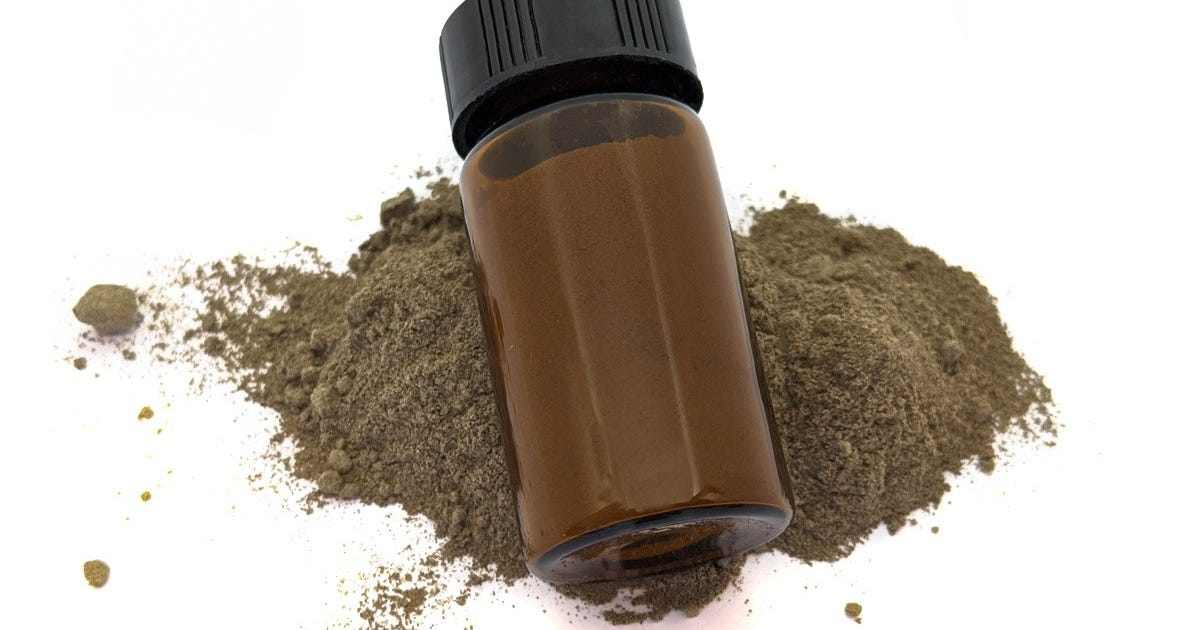Rapeh is an esoteric snuff with a dual nature. It is hidden within the Amazon rainforest. This mysterious substance is not just known for its calming properties, but also for its healing potential. Rapeh is used for centuries by tribes of indigenous societies to combat physical ailments. From pain relief to the reduction of inflammation and assistance with respiratory issues the sacred snuff has proven itself to be a versatile treatment.
Rapeh does not stop at its marvels. It also provides an increase in energy levels by reducing fatigue and enhancing awakeness. Users describe a surge of energy, an increase in increased mental and physical energy that set the stage for a voyage into a world of wellness and rejuvenation.

Hapeh which is also known as Rapeh, is a snuff with fine powder that has been made with a mix of plant material, which includes tobacco. The religious and spiritual practices of Amazonian tribes have a long history with this traditional preparation. It’s a crucial aspect of their life. It’s more than just an aid to relaxation, but it also represents the guardianship of their culture and well-being.
Hapeh For many is a way to wind down after an extremely long day. In the tumultuous world of Amazonian indigenous peoples it is physically demanding and emotionally absorbing. Hapeh provides a moment of break, a breath of fresh air at the end of a long day. This ritualistic relaxation not only eases physical tension but also holds a deeper significance in the traditional way of living.
Although Hapeh may serve as a relaxation aid, it’s role goes beyond unwinding. It plays an integral part in the preservation of indigenous culture and promotes well-being in these communities. Hapeh preparation and administration are deeply rooted within their culture, serving as a bridge between the past into the future.
Hapeh, more than just a snuff, has become an ancient cultural tradition passed down through the generations. Hapeh ceremonies are sacred, and they serve as a way to be connected to the spiritual realm. Hapeh is performed with reverence to stress the significance and importance of the spiritual realm. For more information, click Hapeh Medicine
In indigenous communities, Hapeh is not merely as a way to relax but it is a symbol of identity as a thread weaves throughout their lives. The fact that it’s part of their everyday lives demonstrates their commitment to maintaining their culture.
Hapeh’s use is closely tied to the wellbeing of those who live in these communities. The holistic ritual of relaxation allows you to be in touch with yourself and the world. This shared experience helps to foster peace and harmony within members of the community.
Hapeh has a significance that goes beyond its physical appearance. It’s a symbol for the traditions of the indigenous peoples that have endured. In a rapidly changing world, preserving these practices is crucial, and Hapeh plays a pivotal role in the preservation of these customs.
Hapeh isn’t just a nasal snuff; it’s a bridge connects the past and the present, an defender of the indigenous tradition, and a promoter of well-being. Hapeh is an enduring legacy that reminds us of the profound connection between tradition and relaxation.
Hapeh is an extremely important aspect of the indigenous Amazonian culture. It’s an excellent way to relax, but also a good guardian of cultural heritage. In a society that continuously develops, the tradition of Hapeh serves as a reminder that traditions such as relaxation, culture, and leisure can be deeply intertwined and provide a deep feeling of belonging and solidarity within these communities. The significance of Hapeh is a testament of the strength and diversity of indigenous culture within the Amazon rainforest.